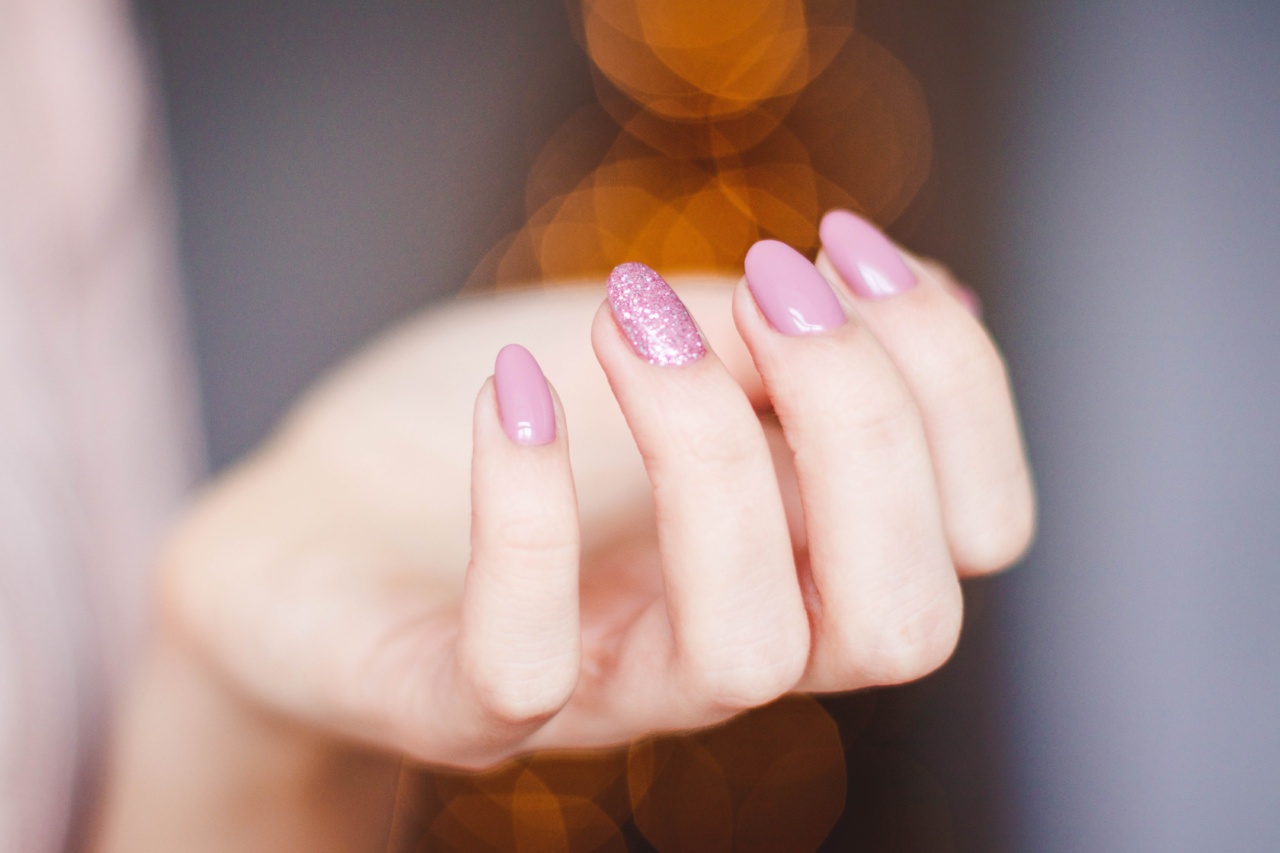Nail polish is a popular cosmetic product that adds color and enhances the appearance of nails. However, in recent years, concerns have been raised about the possible link between certain nail polishes and the development of skin cancer.
This article aims to explore the scientific evidence regarding this topic and provide clarity on whether there is a genuine cause for concern.
Understanding Nail Polishes
Before diving into the potential link between nail polishes and skin cancer, it is important to understand the composition of these products.
Nail polishes typically consist of various ingredients, including solvents, film formers, resins, plasticizers, pigments, and UV filters.
The Role of UV Filters
One of the main concerns surrounding nail polishes is the potential presence of UV filters, as exposure to ultraviolet (UV) radiation is a known risk factor for skin cancer.
UV filters are added to some nail polishes to protect the color from fading and prevent the yellowing of nails. However, certain UV filters, such as benzophenone-1 and ethylhexyl methoxycinnamate, have been found to have the ability to absorb UV radiation, leading to concerns about their safety.
Research on UV Filters in Nail Polishes
A study published in the Journal of the American Academy of Dermatology investigated the presence of UV filters in various nail polishes and assessed their potential to penetrate the nail plate and the surrounding skin.
The researchers found that while UV filters were present in some nail polishes, their ability to penetrate the nail plate was limited. In addition, the study concluded that the risk of UV filter absorption through the skin was minimal.
Alternative Hypotheses for Skin Cancer Development
While UV filters in nail polishes have received attention, it is important to consider alternative hypotheses for the potential link between nail polishes and skin cancer.
For instance, certain nail polish removers may contain harmful chemicals, such as formaldehyde or toluene, which can irritate the skin and increase the risk of developing certain types of skin cancer.
Evidence from Epidemiological Studies
To determine whether there is an actual link between nail polishes and skin cancer, several epidemiological studies have been conducted.
A large-scale study published in the Journal of the European Academy of Dermatology and Venereology examined the association between personal use of nail polish and the risk of developing skin cancer. The study analyzed data from thousands of participants and found no significant increase in the risk of skin cancer among those who regularly used nail polish compared to non-users.
Regulatory Measures
Concerns about the safety of nail polishes prompted regulatory bodies to establish guidelines and restrictions on their ingredients.
In many countries, cosmetic products, including nail polishes, are subject to stringent regulations to ensure consumer safety. These regulations include limitations on the usage of potentially harmful substances and the obligation for manufacturers to conduct safety assessments before releasing the products to the market.
The Importance of Safe Nail Polish Practices
While the current scientific evidence suggests that nail polishes, including those with UV filters, do not pose a significant risk of causing skin cancer, it is still essential to adopt safe nail polish practices.
These practices involve using products from reputable brands, ensuring proper ventilation during application, and protecting the surrounding skin from prolonged exposure to potentially irritating chemicals.
The Role of Individual Sensitivities
It is important to note that individual sensitivities and allergies can vary greatly. Some individuals may have adverse reactions to specific ingredients in nail polishes, which can lead to skin irritation or other dermatological issues.
If you experience any discomfort or unusual reactions after using nail polishes, it is advisable to consult a dermatologist for an accurate diagnosis and appropriate recommendations.
Conclusion
Based on the current scientific evidence, there is no substantial link between the use of nail polishes, including those with UV filters, and the development of skin cancer.
Regulatory measures and safety assessments help ensure the overall safety of these products. However, individual sensitivities should be taken into consideration, and safe nail polish practices should be followed to minimize the risk of any adverse effects.
























